Hi there, pet lovers! 🐍
Few reptiles capture the imagination quite like the Dragon Snake (Xenodermus javanicus). With its dragon-like ridges, alien appearance, and mysterious behavior, this snake is a true oddity of the reptile world. However, its striking looks come with extreme challenges—so much so that it’s often considered one of the hardest snakes to keep alive in captivity.
This guide covers everything you need to know about Dragon Snakes, from their unique biology to the specialized care they demand. Whether you’re a seasoned herpetologist or simply fascinated by rare reptiles, we’ll help you understand why this species is best left to experts—for now.
Overview
Dragon Snakes are small, nocturnal, semi-fossorial snakes native to Southeast Asia (Thailand, Malaysia, and Indonesia). They are famous for their three rows of keeled, dragon-like scales, stiff defensive posture, and extreme sensitivity to captivity. Here’s a quick summary:
- Handling and Temperament: Delicate, prone to stress, and not a hands-on pet.
- Care and Maintenance: Highly specialized—requires cool temps, high humidity, and a frog-based diet.
- Health and Durability: Extremely fragile; wild-caught specimens often die in captivity.
- Availability: Rare, mostly wild-caught, but captive breeding efforts are emerging.
- Cost: Moderate upfront, but long-term care (vet bills, specialized setup) is expensive.
- Overall: A non-recommended pet for most keepers—best observed in the wild or through expert breeders.
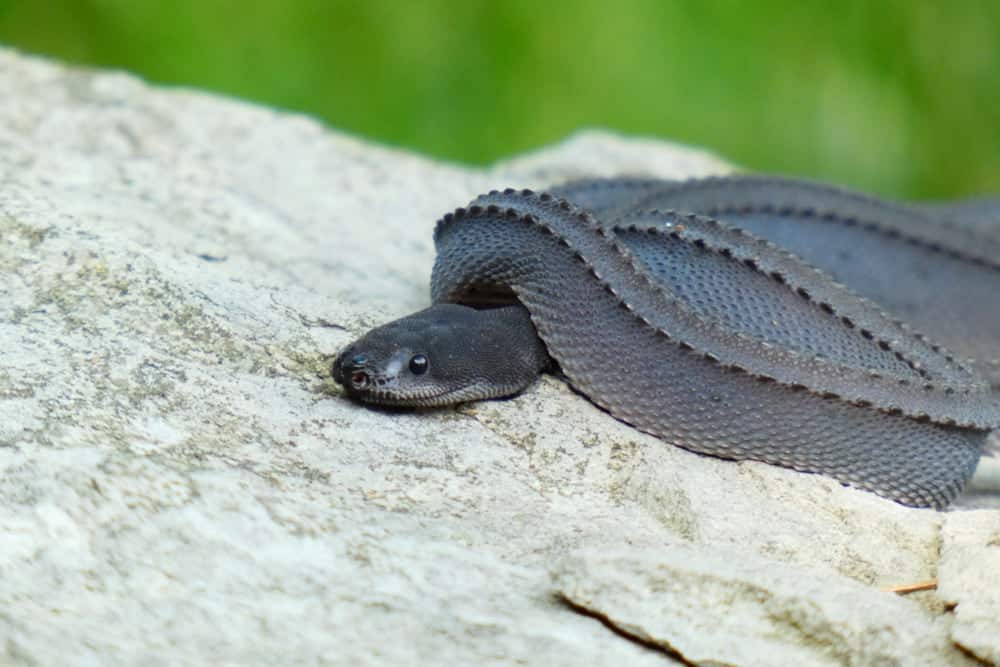
Why Choose a Dragon Snake?
Dragon Snakes are not pets in the traditional sense. They are display animals for advanced keepers who appreciate their rarity and bizarre traits. Here’s what makes them unique:
- Unmatched Appearance: Their raised, jagged scales resemble a mythical dragon, unlike any other snake.
- Fascinating Behaviors: When threatened, they freeze stiff like a stick rather than flee or bite.
- Scientific Appeal: Their care is still being perfected, making them a challenge for research-focused keepers.
However, their high mortality rate in captivity means they should only be kept by those prepared for potential heartbreak.
Handling and Temperament
A Snake That Plays Dead
Dragon Snakes are not handleable pets. Unlike most snakes, they don’t thrash or bite when stressed—instead, they go completely rigid, mimicking a dead stick. While this seems harmless, it’s a sign of extreme stress, and frequent handling can be fatal.
Key Handling Notes:
- Never handle unless necessary (e.g., health checks).
- Avoid sudden movements or loud noises—they startle easily.
- Not for beginners or children—their fragility demands expert care.
If you want a strange but handleable reptile, consider Rubber Boas or Crested Geckos instead.
Care and Maintenance
A Setup Unlike Any Other
Dragon Snakes require precise, finicky conditions that even experienced keepers struggle with.
Enclosure Setup
- Size: A 10-20 gallon tank is sufficient (they’re small and reclusive).
- Substrate: Deep sphagnum moss over a drainage layer to maintain humidity without waterlogging.
- Decor: Leaf litter, cork bark, and hides—they burrow and need clutter to feel secure.
- Lighting: No UVB needed, but keep lighting dim (they’re nocturnal).
Humidity and Temperature
- Humidity: 80-90% at all times—achieved via daily misting and a moist substrate.
- Temperature: Cool only (65-75°F / 18-24°C). Anything above 75°F can kill them.
Feeding: The Biggest Challenge
- Diet: Primarily frogs and tadpoles (some accept small fish like guppies).
- Feeding Frequency: Every 5-7 days, but many wild-caught individuals refuse food.
- Supplements: None needed if feeding whole prey.
Note: Sourcing live/frozen frogs is difficult, making this a major hurdle for most keepers.
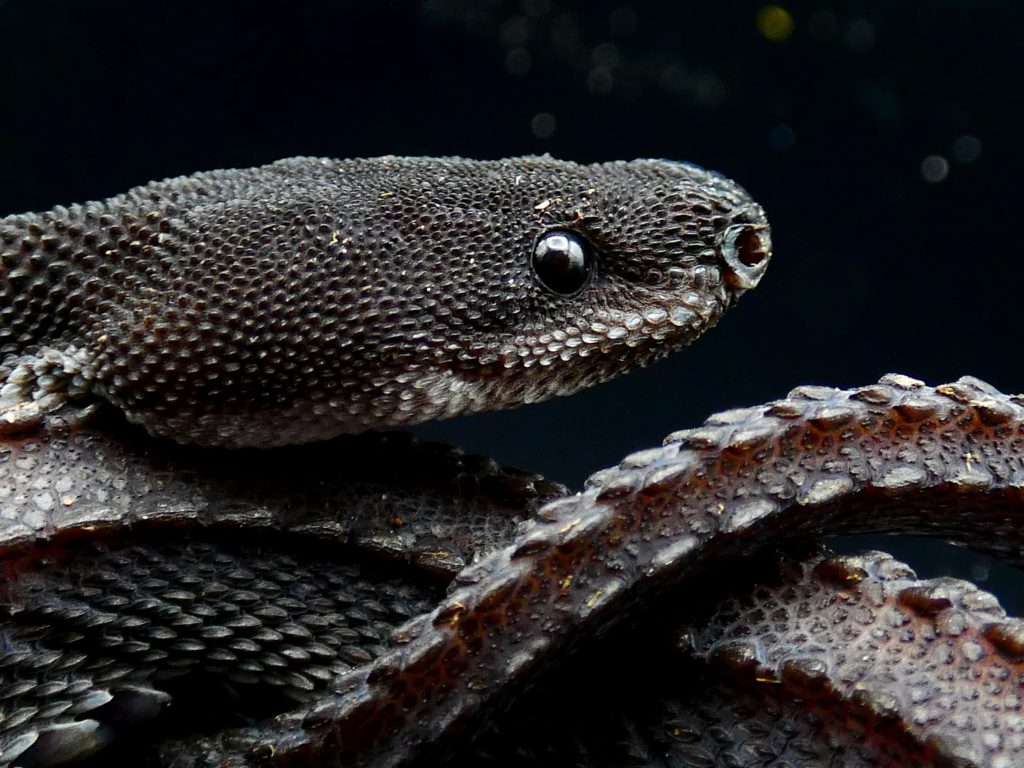
Health and Durability
A Fragile Species
Dragon Snakes have a dismal survival rate in captivity due to:
- Stress-induced death from improper conditions.
- Dehydration if humidity drops even briefly.
- Parasites (common in wild-caught specimens).
Signs of Trouble:
- Refusing food for weeks.
- Lethargy or excessive stiffness.
- Scale rot (from overly wet substrate).
Preventative Care:
- Quarantine new arrivals and test for parasites.
- Monitor humidity/temp daily with digital gauges.
- Avoid unnecessary disturbances.
Even with perfect care, many Dragon Snakes die within months. Captive-bred efforts may improve their future viability.
Availability and Cost
A Rare and Ethical Dilemma
- Wild-Caught: Most available snakes are wild imports, which often arrive sick or stressed.
- Captive-Bred: Extremely rare (only a few breeders, have succeeded).
Cost Breakdown:
- Snake: $300 to $600 (wild-caught).
- Setup: $200 to $400 (humidity-controlled enclosure, drainage layer, etc.).
- Ongoing Costs: Vet visits, parasite treatments, and live frog shipments add up quickly.
Ethical Note: Supporting wild-caught trade risks depleting natural populations. Waiting for captive-bred specimens is the responsible choice.
Pros and Cons
Pros
✔ One-of-a-kind appearance (looks like a mini dragon).
✔ Fascinating behavior (freezing defense, burrowing habits).
✔ Quiet and low-odor (unlike mammals or amphibians).
Cons
✖ Extremely difficult to keep alive.
✖ Specialized diet (frogs/tadpoles) is hard to source.
✖ Wild-caught individuals often die quickly.
✖ Not interactive—strictly a display animal.
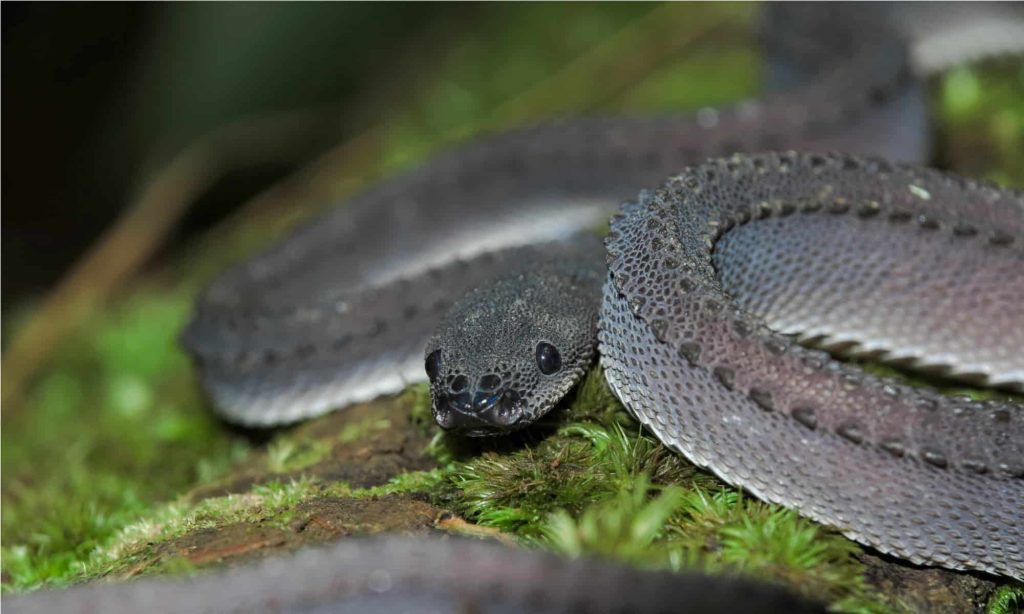
Final Thoughts
The Dragon Snake is a jaw-dropping species that pushes the limits of reptile keeping. However, it is not a pet—it’s a scientific challenge best left to experts with the resources to meet its needs.
For now, we recommend:
- Admiring them in the wild or through expert keepers.
- Supporting captive breeding efforts.
- Choosing a hardier exotic pet if you want a hands-on experience.
As captive breeding improves, Dragon Snakes may become more viable—but until then, they remain a beautiful, tragic enigma.
Have you ever seen a Dragon Snake? Would you attempt keeping one? Share your thoughts in the comments!
For more pet care tips and reviews, stay tuned to our blog and don’t forget to subscribe to our newsletter! 🐍

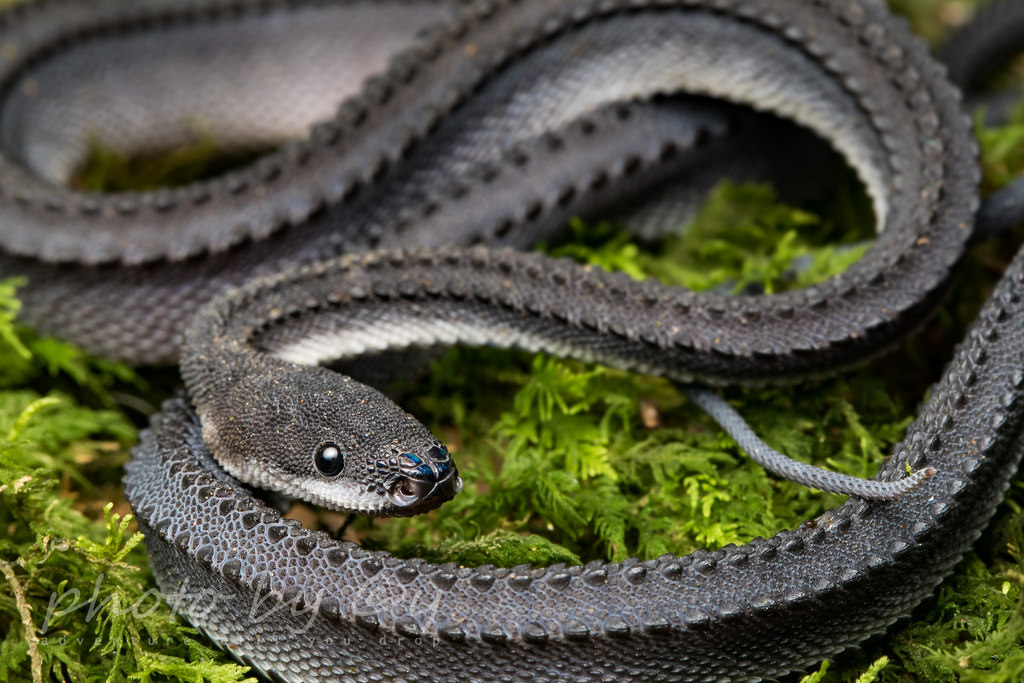

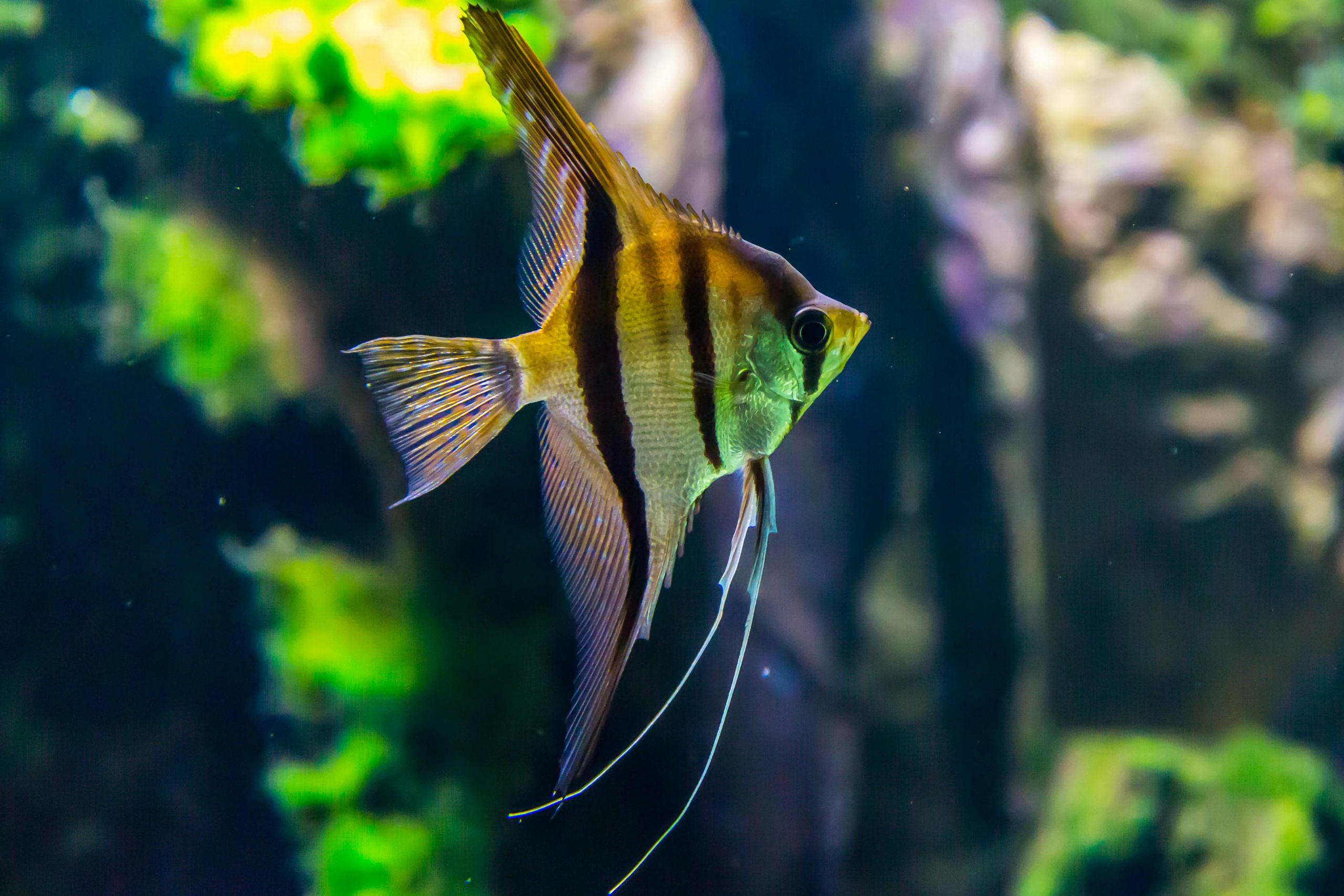
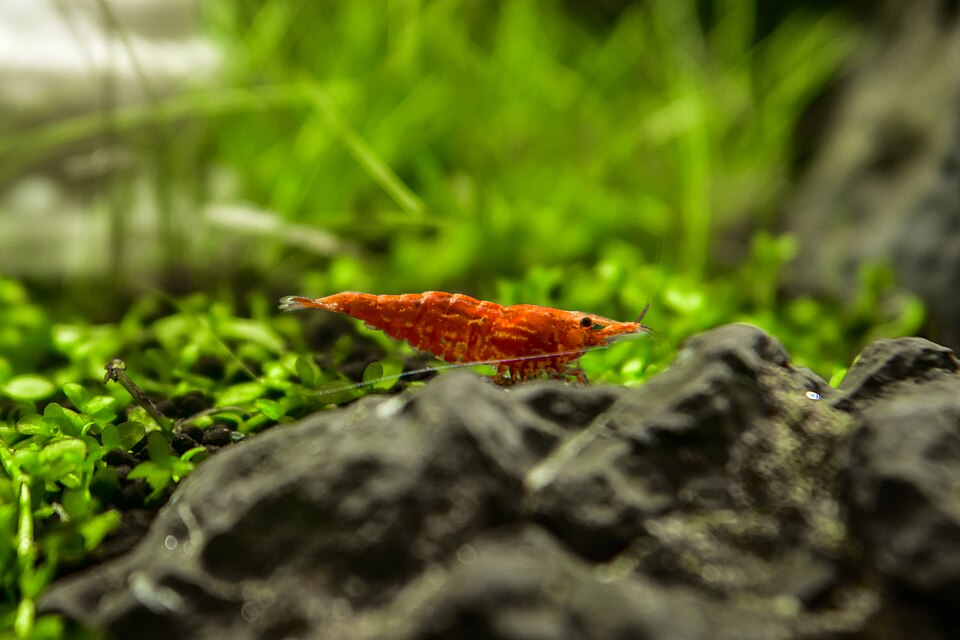

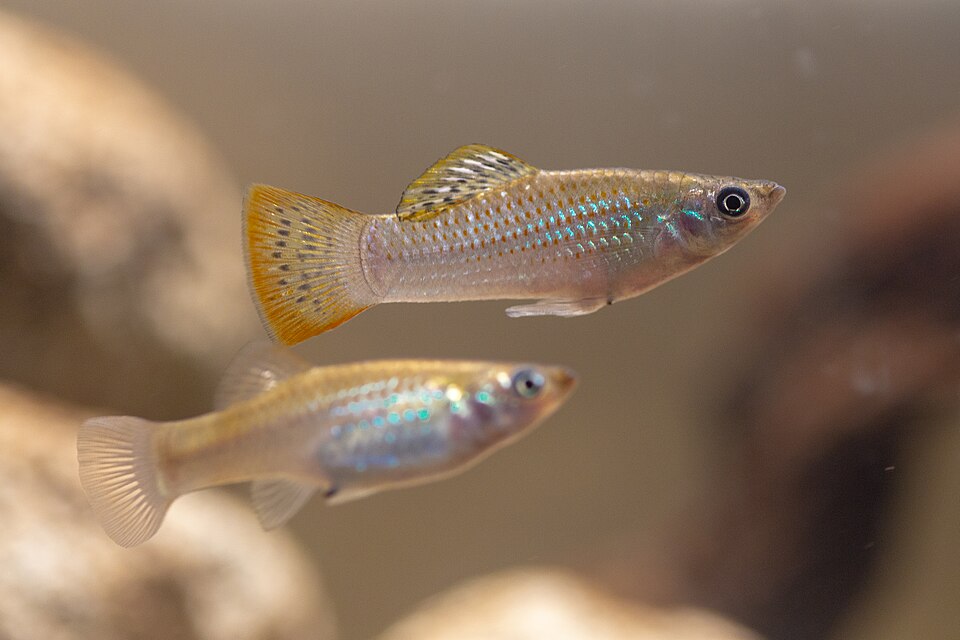
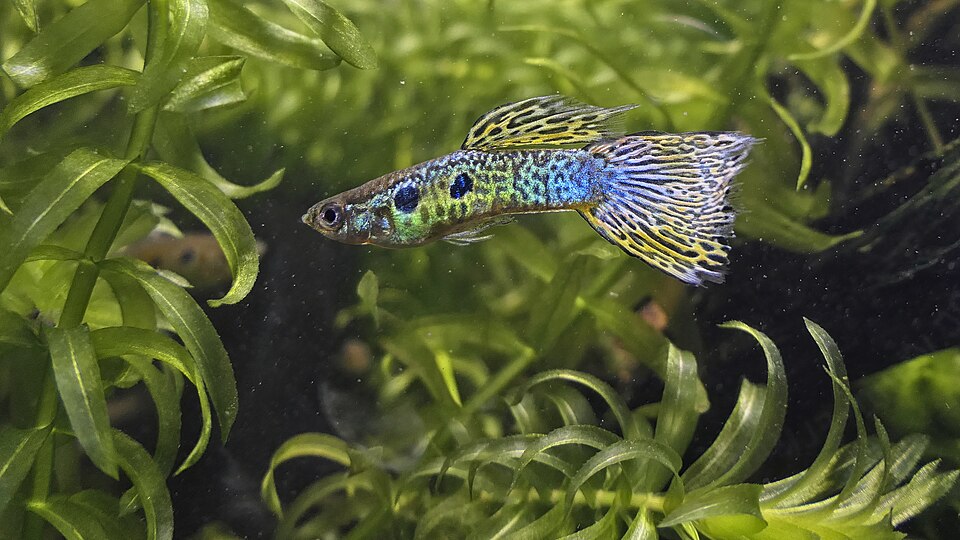
Leave a Reply